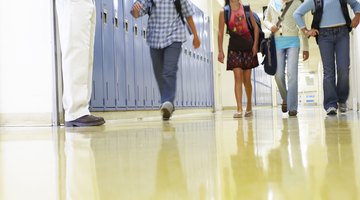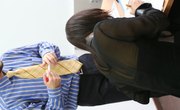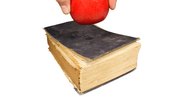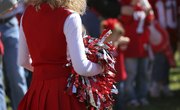Rewarding students for showing good behavior and being motivated is valuable for reinforcing appropriate behaviors and encouraging academic achievement. Rewards, whether tangible or intangible, can have positive effects on student motivation and assist teachers with classroom management. Reward systems and other motivational activities can be used with kids across different grade levels.
Rewards on Display
One way teachers reward students for good behavior is through a system that involves visual reinforcement. Teachers create a bulletin board or poster designated as the reward board. Involving a theme such as stars or the school mascot can increase student enthusiasm for the reward system. When teachers notice students exhibiting positive behaviors, including working cooperatively, helping others or being attentive, students add their name or initials to the display board. This system can be taken a step further by promising a class reward such as pencils or bookmarks for each student once the display board is full.
Make a Treasure Box
Students can be rewarded for good behavior individually or in groups using a treasure box system. This system is especially effective when used with students in the primary grades. Teachers make or purchase a box and fill it with small trinkets such as rulers, pencils, bubbles, erasers and sticker sheets. Establish a point system that allows students to choose something from the treasure box after achieving a goal. Students can be rewarded with something from the treasure box on a weekly basis.
Create Classroom Currency
Reward systems involving classroom currency can be used to encourage academic motivation or to celebrate appropriate behaviors. Teachers create a currency system involving paper money, coins or tokens that students receive for accomplishing various tasks. Students are given opportunities either daily or weekly to purchase items from a classroom store using the currency they have accumulated. For example, teachers can use a system where students are rewarded with classroom currency for turning in homework on time or completing reading logs, or they can earn classroom currency for showing positive behaviors. Each Friday, students who earn currency are given time to buy something from the class store.
Special Lunch Plans
Many students respond well to promises of having a special lunch in return for achieving a goal regarding behavior individually or as a whole class. Teachers establish a reward system that allows students to eat lunch at a special table in the lunchroom or in the classroom with the teacher after reaching a certain number of points. Award points for behaviors like working quietly or making good choices. Lunch rewards can also be used for the entire class, where the class receives points when other teachers comment on good behaviors like walking quietly in the hallway. Once the point goal has been reached, the class can be rewarded with a pizza party or a picnic outside the school.
Related Articles
References
Writer Bio
Based in Gainesville, Carissa Lawrence is an experienced teacher who has been writing education related articles since 2013. Lawrence holds a master's degree in early childhood education from the University of Florida.











